
Microprocessors in Aerospace Engineering: Breeding Innovation
Global electronic component supplier ERSAELECTRONICS: Rich inventory for one-stop shopping. Inquire easily, and receive fast, customized solutions and quotes.
What is A Microprocessor?
A microprocessor is a small, integrated circuit that serves as the central processing unit (CPU) of a computer or electronic device. It is essentially the "brain" of the device, responsible for executing instructions and performing calculations. Microprocessors are composed of millions or even billions of transistors that are etched onto a single silicon chip.
The primary function of a microprocessor is to process and manipulate data and instructions. It carries out tasks such as arithmetic and logical operations, data storage and retrieval, and control of various system components. Microprocessors operate by fetching instructions from memory, decoding them, executing the necessary operations, and then storing the results.
Microprocessors come in different architectures and vary in terms of their speed, performance, and capabilities. They are employed in a wide range of devices, including personal computers, smartphones, tablets, gaming consoles, embedded systems, and various industrial and scientific equipment. Their versatility and compact size make them essential components in modern electronics, driving the advancement of technology in numerous fields.

8086 Microprocessor
The 8086 microprocessor is a significant milestone in the history of microprocessors. It was developed by Intel in 1978 and served as the foundation for the x86 architecture, which has become one of the most widely used computer architectures.
The 8086 microprocessor was a 16-bit CPU, meaning it processed data in 16-bit chunks. It featured a clock speed ranging from 5 MHz to 10 MHz, which was considered fast for its time. The 8086 had a 16-bit data bus and a 20-bit address bus, allowing it to access up to 1 MB of memory. This was a significant improvement over previous microprocessors, which had smaller addressable memory spaces.
One of the key advantages of the 8086 microprocessor was its backward compatibility with older 8-bit processors. Software written for earlier Intel processors could run on the 8086 with minimal modifications, providing a smooth transition for developers and users. This backward compatibility contributed to the widespread adoption of the 8086 and its successors.
The 8086 microprocessor introduced a new instruction set architecture (ISA) known as x86. This ISA has undergone numerous revisions and enhancements over the years, but the basic foundation established by the 8086 remains the backbone of modern x86 processors. The x86 architecture is used in a wide range of computing devices, including personal computers, servers, laptops, and workstations.
The 8086 microprocessor also played a crucial role in the development of the IBM PC, which was released in 1981. The IBM PC was the first personal computer to gain widespread popularity, and its success solidified the dominance of the x86 architecture in the computer industry. The compatibility and availability of software and peripherals for the IBM PC further fueled the adoption of the 8086 and its successors.
Impact of Microprocessors on Aerospace Engineering
The impact of microprocessors on aerospace engineering has been profound and far-reaching, revolutionizing the industry in numerous ways. These tiny electronic components have brought about advancements in aircraft and spacecraft design, efficiency, reliability, and overall performance.
One of the key areas where microprocessors have made a significant impact is in flight control systems. In the past, mechanical systems were predominantly used for controlling the movement and stability of aircraft. However, with the introduction of microprocessors, flight control systems have become more sophisticated and precise. Microprocessors process data from various sensors, such as accelerometers and gyroscopes, to monitor the aircraft's attitude, altitude, speed, and other critical parameters. They then calculate and execute control commands to adjust the aircraft's control surfaces and stabilize its flight. This level of real-time control and responsiveness has greatly improved flight safety and maneuverability.
Communication systems in aerospace engineering have also been transformed by microprocessors. These systems are responsible for transmitting and receiving data, voice communication, and navigation signals between aircraft and ground stations. Microprocessors enable faster and more efficient data processing, allowing for higher data rates and improved signal quality. They also support advanced modulation and encoding techniques, enhancing the reliability and security of communication in aerospace applications. Furthermore, microprocessors enable the integration of multiple communication protocols, facilitating seamless communication between different aircraft systems and ground-based networks.
Microprocessors have also played a crucial role in navigation systems used in aerospace engineering. Global Positioning System (GPS) receivers, which provide precise positioning and navigation data, rely on microprocessors for data processing and interpretation. Microprocessors process signals received from multiple GPS satellites, calculate the aircraft's position, velocity, and heading, and provide accurate navigation information to the pilot or autopilot system. This has greatly enhanced navigation accuracy and situational awareness, enabling pilots to make informed decisions and follow designated flight paths with precision.
In addition to their impact on specific systems, microprocessors have contributed to overall efficiency and reliability in aerospace engineering. By integrating microprocessors into various aircraft and spacecraft subsystems, engineers can monitor and control critical functions, such as engine performance, fuel consumption, and electrical systems, in real time. Microprocessors enable continuous monitoring of system parameters, detecting deviations from normal operation, and initiating appropriate corrective actions. This proactive approach to system management improves overall efficiency, reduces maintenance costs, and enhances the safety of aerospace operations.
Furthermore, microprocessors have paved the way for advanced data processing and analysis in aerospace engineering. With their high computational power and memory capabilities, microprocessors enable the storage and analysis of vast amounts of data collected during flight operations. This data can be used for performance evaluation, system optimization, and predictive maintenance. By harnessing the power of microprocessors, aerospace engineers can extract valuable insights from data, leading to continuous improvements in aircraft and spacecraft design, operation, and safety.
In conclusion, the impact of microprocessors on aerospace engineering cannot be overstated. They have revolutionized flight control systems, communication systems, navigation systems, and overall efficiency and reliability in the industry. Microprocessors have enabled precise and responsive flight control, enhanced communication capabilities, accurate navigation, and advanced data processing. As technology continues to advance, microprocessors will certainly continue to breed innovation and shape the future of aerospace engineering.
Applications of Microprocessors in Aerospace Engineering
Microprocessors have found a wide range of applications in aerospace engineering, contributing to the advancement and efficiency of various systems and subsystems. These applications encompass flight control, communication, navigation, data processing, and more. Here are some key examples of how microprocessors are utilized in aerospace engineering:
Flight Control Systems:
Microprocessors play a vital role in flight control systems, which are responsible for monitoring and adjusting the aircraft's flight parameters. They process inputs from sensors, such as airspeed indicators, altimeters, and attitude sensors, to calculate control commands for the aircraft's control surfaces. Microprocessors enable real-time processing of data, facilitating precise control and stability, and ensuring safe and smooth flight operations.
Communication Systems:
Microprocessors are integral to the communication systems used in aerospace engineering. They power radio transceivers, satellite communication terminals, and data link systems, enabling reliable and efficient communication between aircraft and ground stations. Microprocessors process data, perform error correction, and handle encryption algorithms, ensuring secure and seamless communication in aerospace applications.
Navigation Systems:
Microprocessors are essential components of navigation systems in aerospace engineering. They enable the integration and processing of data from various navigation sources, including GPS, inertial navigation systems, and radio navigation aids. Microprocessors calculate the aircraft's position, velocity, and heading, providing accurate navigation information to pilots and autopilot systems. They also enable advanced features such as terrain avoidance, traffic collision avoidance, and precision landing systems.
Avionics and Instrumentation:
Microprocessors are extensively used in avionics and instrumentation systems, which encompass a wide range of aircraft subsystems. The power displays and control panels, process data from sensors and instruments, and provide pilots with essential information such as engine parameters, fuel levels, and system status. Microprocessors enable the integration of multiple avionics systems, enhancing the overall functionality and efficiency of aircraft operations.
Data Processing and Analytics:
Microprocessors are instrumental in aerospace data processing and analytics. They handle vast amounts of data collected during flight operations, enabling engineers to analyze performance, optimize systems, and identify potential issues. Microprocessors facilitate real-time data monitoring, trend analysis, and predictive maintenance, contributing to improved safety, efficiency, and cost-effectiveness in aerospace operations.
Autonomous Systems:
Microprocessors are essential for the development of autonomous systems in aerospace engineering, such as unmanned aerial vehicles (UAVs) and autonomous spacecraft. They power the onboard computers that control and navigate these systems, processing inputs from sensors and making autonomous decisions based on pre-programmed algorithms. Microprocessors enable advanced capabilities like autonomous flight, obstacle detection, and mission planning, unlocking new possibilities for remote sensing, surveillance, and exploration.
In conclusion, microprocessors have revolutionized aerospace engineering, enabling precise flight control, reliable communication, accurate navigation, advanced data processing, and the development of autonomous systems. They play a fundamental role in driving innovation and advancing the field.

An Example of Applications: Microprocessors in Aerospace Breeding
One compelling example of the applications of microprocessors in aerospace engineering can be seen in the field of aircraft breeding. Microprocessors have played a crucial role in the development and evolution of aircraft designs, enabling engineers to breed innovative and efficient aircraft.
Microprocessors have facilitated advancements in aerodynamics, structural design, and systems integration. Through sophisticated computational simulations and analysis, microprocessors have allowed engineers to optimize aircraft shapes, reducing drag and improving fuel efficiency. This has resulted in the breeding of aircraft with improved performance and reduced environmental impact.
Additionally, microprocessors have contributed to the integration of advanced systems in aircraft breeding. They enable the seamless integration of flight control systems, avionics, communication systems, and navigation equipment. Microprocessors process the vast amounts of data collected from various sensors and instruments, providing pilots and systems with real-time information for enhanced situational awareness and decision-making.
Furthermore, microprocessors have been instrumental in the breeding of autonomous aircraft. By powering onboard computers, microprocessors enable autonomous flight operations, obstacle detection, and intelligent decision-making. This has opened up new possibilities for unmanned aerial vehicles (UAVs) in applications such as aerial surveillance, cargo delivery, and search and rescue missions.
The use of microprocessors in aircraft breeding has not only improved performance and efficiency but also enhanced safety. Microprocessors enable continuous monitoring of critical systems, predicting and preventing failures, and providing timely alerts to pilots and maintenance crews.
Significance of Microprocessors in Aerospace Engineering
Aerospace engineering has always been at the forefront of technological advancements, pushing the boundaries of human exploration and transportation. In this fast-paced and dynamic field, innovations are constantly sought after to enhance the performance, reliability, and safety of aircraft and spacecraft. One of the most significant breakthroughs that has revolutionized aerospace engineering is the integration of microprocessors.
Microprocessors, often referred to as the "brains" of modern electronic devices, are compact integrated circuits that contain a central processing unit (CPU) along with memory and other components. These tiny yet powerful devices can process vast amounts of data and execute complex instructions at incredible speeds. In the context of aerospace engineering, microprocessors have become indispensable components, playing a critical role in the operation and control of various systems.
Gone are the days when aircraft and spacecraft relied solely on mechanical and analog systems. With the advent of microprocessors, a new era of possibilities has dawned upon the aerospace industry. These miniature electronic powerhouses have transformed the way information is processed, enabling engineers to design and develop more advanced and sophisticated aerospace systems than ever before.
The impact of microprocessors on aerospace engineering can be seen across various aspects of aircraft and spacecraft design. From flight control systems to communication systems, navigation systems to data processing, microprocessors have become the backbone of modern aerospace technology. They have revolutionized the way flight parameters are monitored, analyzed, and adjusted in real time, allowing for enhanced maneuverability, stability, and overall flight performance.
Moreover, microprocessors have played a crucial role in improving the efficiency and reliability of aerospace systems. With their ability to process data rapidly and accurately, microprocessors contribute to optimized fuel consumption, reduced maintenance requirements, and enhanced safety measures. They enable real-time monitoring of critical parameters, alerting engineers and pilots to potential issues and allowing for prompt corrective actions.
In addition to their practical applications, microprocessors have also paved the way for advancements and innovations in aerospace engineering. As technology continues to evolve, microprocessors are becoming more powerful, compact, and energy-efficient. This progress enables the development of smaller and more lightweight aircraft and spacecraft, opening up new possibilities for space exploration, remote sensing, and even unmanned aerial vehicles (UAVs).
That the integration of microprocessors in aerospace engineering has ushered in a new era of innovation and progress. These tiny yet powerful devices have transformed the industry, enabling engineers to design and operate aircraft and spacecraft with unprecedented levels of efficiency, reliability, and safety. As technology continues to evolve, it is evident that microprocessors will continue to play a central role in breeding innovation and shaping the future of aerospace engineering.
Conclusion
In conclusion, microprocessors have been a driving force in the breeding of innovative and efficient aircraft in aerospace engineering. Their applications range from optimizing aerodynamics and integrating advanced systems to enabling autonomous flight. Microprocessors have paved the way for the development of aircraft that are safer, more fuel-efficient, and capable of meeting the evolving needs of the aerospace industry.



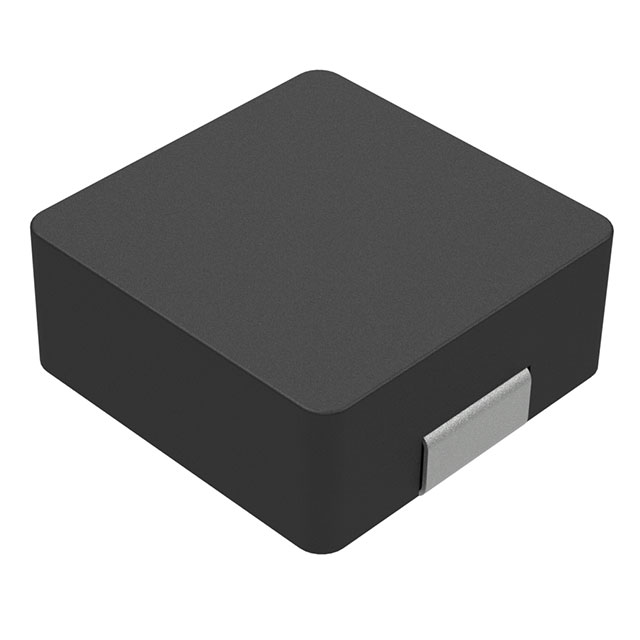
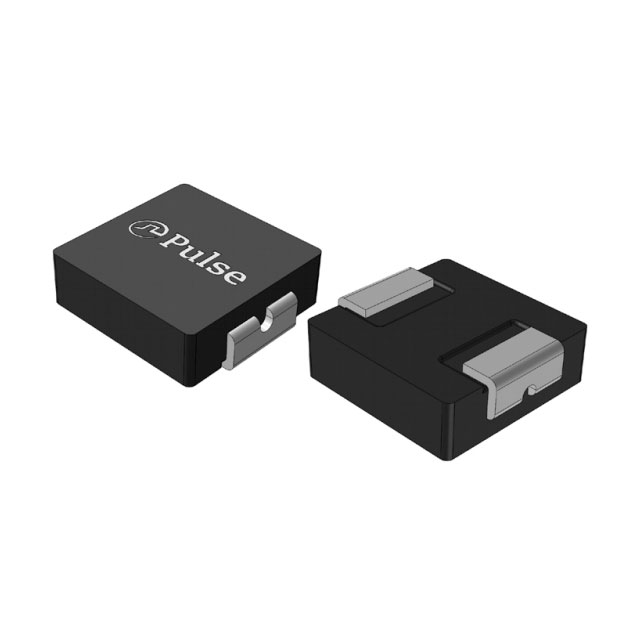



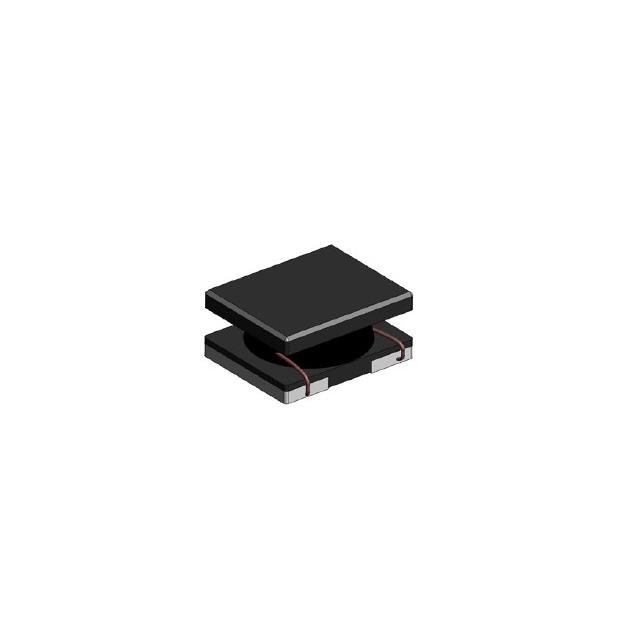
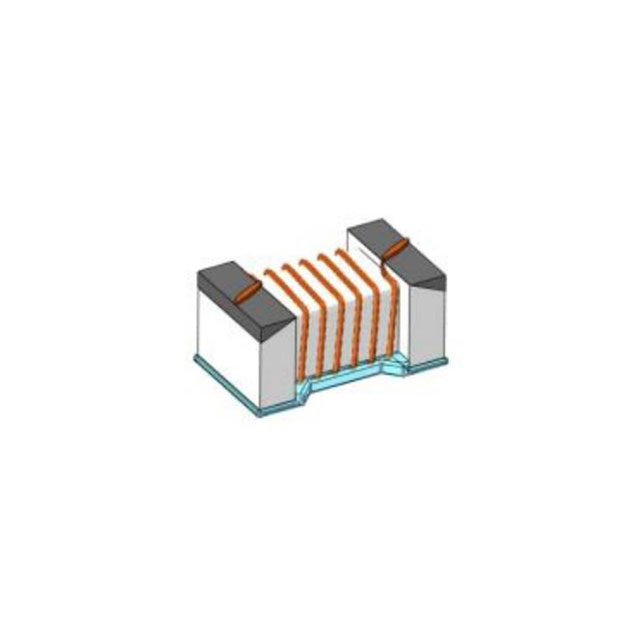
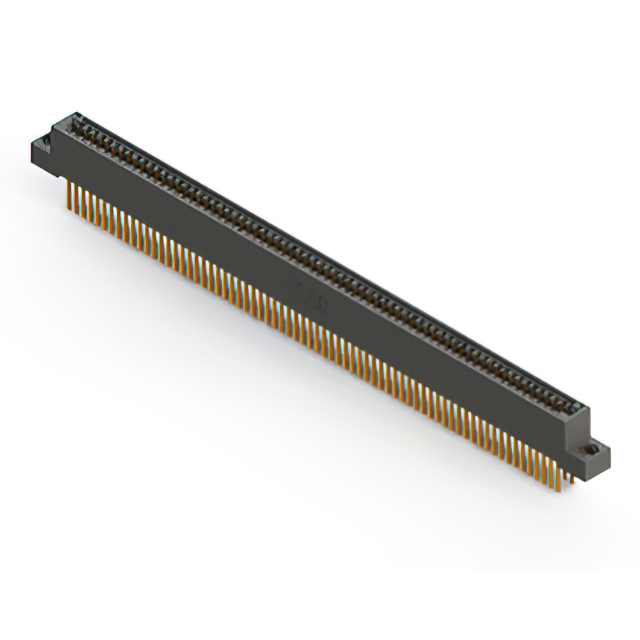

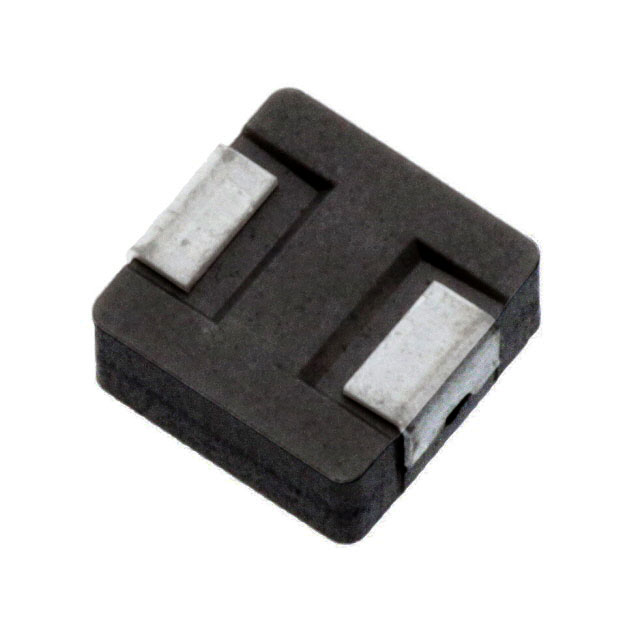






.png?x-oss-process=image/format,webp/resize,h_32)










